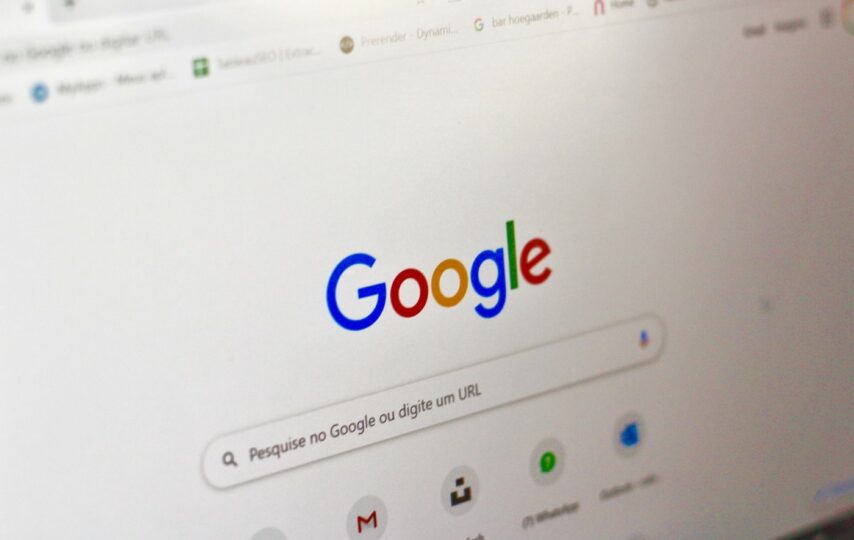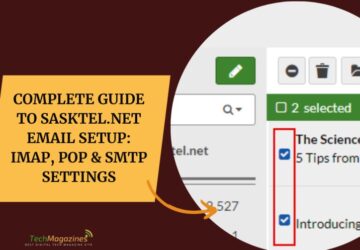The Internet has provided users with a unique way to identify resources on the network ever since the advent of the World Wide Web (abbreviated to the web): the URL, a standard in RFC since 1994, provides users with a universally valid syntax for localizing public content, which can be consulted whenever you want. Therefore, URLs are a fundamental technology of the Internet. It is common for users to retrieve resources from their browsers using URLs, but this standard is not simply used to identify web pages.
Many website owners used to make their sites secure by encoding their URLs. If you want to decode them, many online URL coders are available. We suggest you use the url-decode.com site tool. The best feature of this tool is that you can easily decode the URL in no time.
But wait, do you know what exactly the URL is? If not, then read this article thoroughly. This article will discuss the basics of a uniform resource locator.
What is URL with Example?
A URL refers to a Uniform Resource Locator. It is beneficial to compare physical postal addresses with URLs to visualize better a process or concept that the human eye cannot see.
Similarly to a physical address, a URL consists of several parts depending on the type of web page and what part of the site is being accessed. There is a category of URLs known as URIs or Universal Resource Identifiers that are used to identify resources on a network by pointing to their locations.
In other words, a URL can simply be described as the “address” of a website, which appears in the white bar at the top of your browser. In simple terms, a URL is nothing more than the address of a specific resource on the Internet. As a general rule, every valid URL refers to a unique resource. A resource such as an HTML page, a CSS document, or an image can be used as a resource.
A URL address is composed of the domain name as its key component. An Internet domain name identifies the server or location where a website is hosted. Those commercials demonstrating how simple it is to create a website are advertisements for web hosting companies. Those who use their hosting service will host their website there.
Domain names often begin with a www, which means worldwide web, and end with a period and a series of letters. The following are some of the most common domains:
- .com
- .gov
- .edu
- .org
- .net
However, there are certain exceptions to this rule, the most common being a URL that points to a resource that no longer exists or has been moved. Because the Web server handles the resource represented by the URL and the URL itself, it is the owner of the web server’s responsibility to ensure that the resource and the URL are appropriately managed.
For example, http://www.google.com is the most widely used search engine on the Internet, and http://www.google.com is the URL of the domain.
How Many Types of URL Schemes are There?
URLs include several pieces of information, such as the computer’s name that provides the content, the directory in which it resides, the file name, and the protocol used to retrieve the data.
The URL schemes indicate which network protocol is used to retrieve information from the identified resource. There are four URL schemes: HTTP, HTTPS, mail-to, and FTP.
- HTTP (HyperText Transport Protocol) is the most commonly used protocol for transferring hypertext currently
- HTTPS ( HyperText Transport Protocol Secure) provides a secure connection to Internet servers. Due to this security measure, personal data or credit card numbers cannot be intercepted since they are encrypted
- Mailto, another protocol in the series, is used to send emails
- FTP (File Transfer Protocol) is a protocol used to transfer different types of files
There are many other protocols, such as news, for accessing news services or telnet, which gives access to multi-user machines, but these are some of the best-known. Concerning the latter, we can establish that it is used, among other places, in libraries.
In addition to the Uniform Resource Identifier (URI), the Uniform Resource Name (URN) is a part of the Uniform Resource Identifier (URI).
It consists of the following elements, which make it a more complete identifier than any [URL], schema, authority, route, query, and fragment. According to the URN, it works in a very similar manner to the previously mentioned URL.
Bottom Line
The Uniform resource locator (URL) is one of the most important parts of the web as it enables us to locate and load a particular website. Each website has a unique URL that we can use to access it. We can encode and decode URLs to facilitate the server in understanding them more efficiently.








